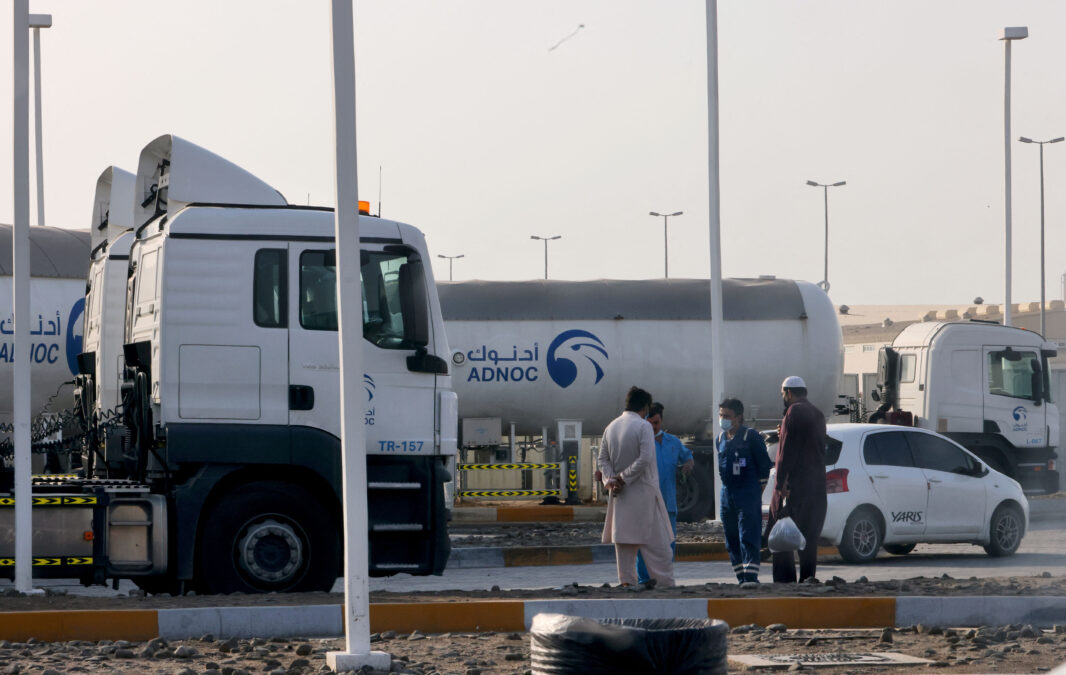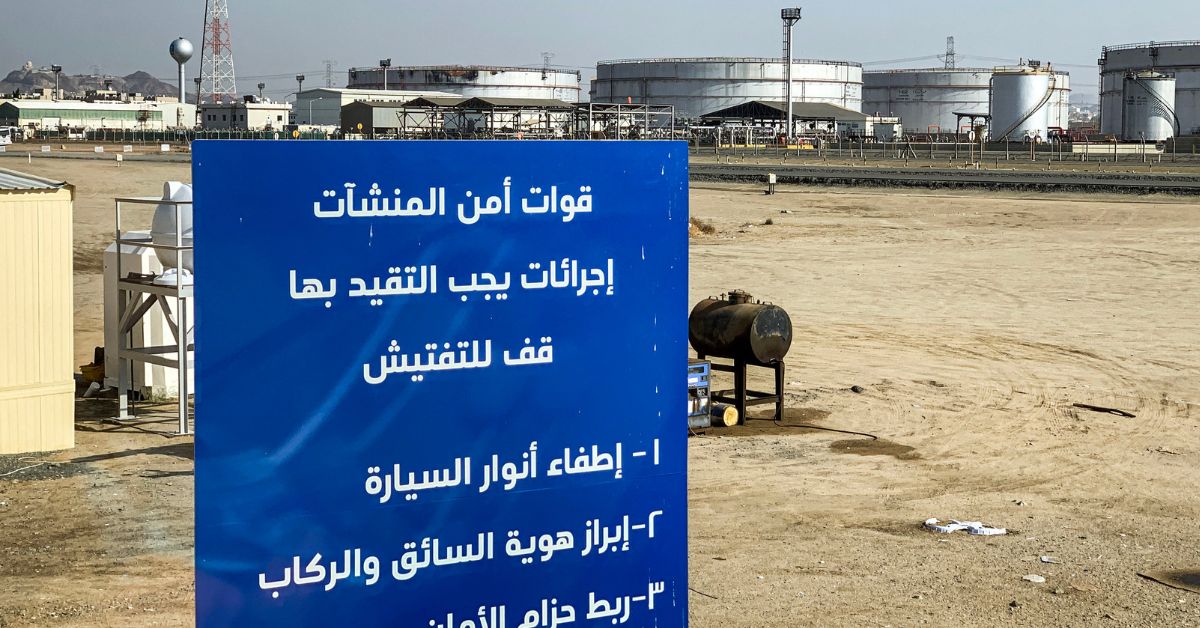ABU DHABI — The decline in oil stocks and their derivatives, amounting to 17.3 million barrels last June, is expected to continue. Saudi Arabia and Russia have extended the reduction in oil supplies by 1.3 million barrels per day, contributing to this trend, as reported by the International Energy Agency (IEA).
The IEA anticipates that the extended reduction in oil production, set to last until the end of 2023, will result in a significant market deficit, particularly in the last quarter of the year. If OPEC+ maintains its production reduction policies, stocks are expected to decrease further, potentially leading to a surge in oil prices.
However, challenges in the oil industry persist. Refineries are struggling to meet the growing demand for oil and its products, partly due to a shift in using new raw materials and disruptions caused by power outages and high temperatures, according to the Paris-based IEA.
Russia’s plans to reduce diesel oil exports from its primary western ports by 25% in September and increase supplies to the domestic market for seasonal refinery maintenance work have caused diesel futures prices to rise, surpassing the increase in crude oil prices.

While oil prices have remained high in the third quarter of 2023 due to OPEC+ supply cuts, some banks remain cautious about predicting a surge beyond US$100 per barrel this year. JPMorgan analysts believe that restricted demand may prevent such a price increase.
The US Energy Information Administration has raised its forecast for oil prices by over 2% for 2023 and 2024. Brent crude is expected to average around US$84.46 per barrel this year, and West Texas Intermediate crude oil prices are projected to reach US$79.65 per barrel, both higher than previous estimates.
Bank of America, on the other hand, predicts that the price of Brent crude could surpass US$100 per barrel before 2024, primarily due to the continuation of OPEC+ supply cuts and optimism about strong demand in Asia. The bank highlights Asia as a leader in global energy demand growth, with China actively enhancing its oil reserves.
At a Glance * Oil stocks decreased by 17.3 million barrels in June, setting the stage for ongoing challenges in the oil market. * Saudi Arabia and Russia's decision to extend oil supply cuts by 1.3 million barrels per day has contributed to the evolving oil landscape. * The International Energy Agency (IEA) predicts a significant market deficit through the end of 2023, with potential price surges if OPEC+ continues production reductions. * Refineries are grappling with increased demand and operational disruptions, including the adoption of new materials and power outages. * Russia's reduction of diesel oil exports by 25% in September, coupled with increased domestic supplies, has impacted diesel futures prices. * Despite high oil prices in Q3 2023 due to OPEC+ supply cuts, cautious banks, like JPMorgan, believe demand constraints may prevent prices from exceeding $100 per barrel. * The US Energy Information Administration has revised its oil price forecasts upwards for 2023 and 2024, with Brent crude estimated at $84.46 per barrel and West Texas Intermediate at $79.65 per barrel. * Bank of America offers a contrasting view, predicting Brent crude could surpass $100 per barrel before 2024, driven by continued OPEC+ supply cuts and strong Asian demand. * Indian refiners have benefited from sanctions on Russia and Iran, obtaining cheaper crude oil supplies and selling higher-value products to Europe. * The Asia-Pacific petroleum products market may experience an imbalance as China and India potentially export excess fuel, according to Bank of America. * IEA Executive Director Fatih Birol envisions a peak in global demand for oil, gas, and coal in the coming years, marking a historic turning point away from relentless energy consumption growth. This transformation underscores changes in the global energy sector.
Indian refiners have benefited from sanctions on Russia and Iran by acquiring cheaper crude oil supplies and selling more expensive commodities to Europe, according to Bank of America analysts. However, they suggest that the Asia-Pacific petroleum products market may soon face an imbalance, with China and India potentially exporting excess fuel.
IEA Executive Director Fatih Birol anticipates a peak in global demand for oil, gas, and coal in the coming years, marking a historic turning point. Recent IEA forecasts indicate a shift away from relentless growth in energy consumption by the end of this decade. This transformation reflects the evolving landscape of the global energy sector.







